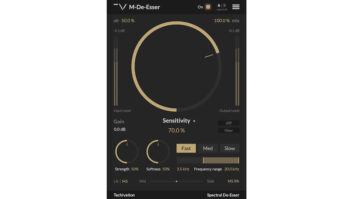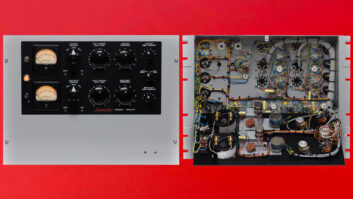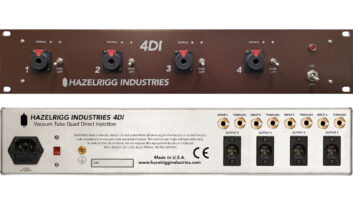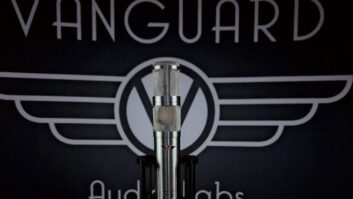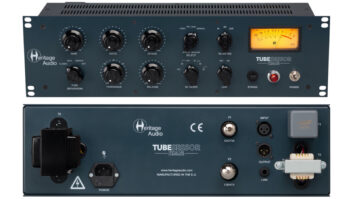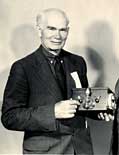
If audio would have followed the course of every other technology, then vacuum tubes would have been long forgotten by now. Yet anyone who’s ever plugged into a Marshall JTM45, Fender Twin Reverb, Vox AC30, Teletronix LA-2A or any other of hundreds of classic tube devices should give a silent nod to Lee De Forest.
Born in Council Bluffs, Iowa, in 1873 and reared in Alabama, De Forest had an aptitude for science from an early age. After receiving a Ph.D. from Yale in 1899, he turned his attention to the seminal field of radio.
Seeking to create a detector for electromagnetic radiation, De Forest began by examining John Fleming’s invention of the “electronic valve” (diode), which was fairly insensitive to variances in electromagnetic radiation. By simply adding a third electrode (grid) between the cathode (filament) and the plate (anode) of a diode, the conductance of the tube proved controllable. In this case, a fairly minute signal (voltage) at the grid would result in huge changes in the plate voltage, and the first amplification device was born. De Forest referred to his triode invention as “Audion” and received U.S. patent #879,532 for his discovery in 1907.
De Forest was granted some 300 patents during his life, including Phonofilm, a 1922 method of recording synchronous sound onto film that was unable to garner any interest in the film community. Eventually, the industry adopted an optical sound-on-film system that was similar to De Forest’s, but that was years after his De Forest Phonofilm company went bankrupt.
